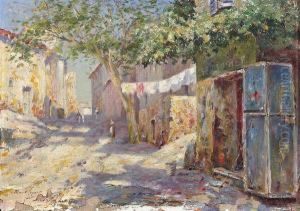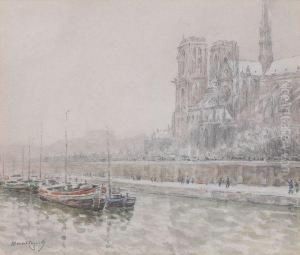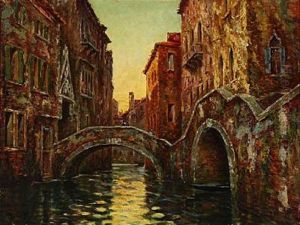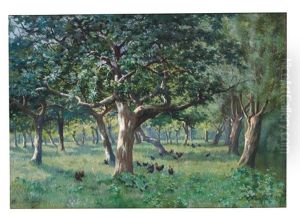Marcel Cogniet Paintings
Marcel Cogniet was a notable French painter born on March 16, 1798, in Paris, France. He is remembered as one of the leading historical and portrait painters of his time. Cogniet received his initial art education at the École des Beaux-Arts in Paris, which was the most prominent art institution in France.
In 1817, Cogniet won the second Prix de Rome for his work, which allowed him to study in Rome at the French Academy. This was a significant accomplishment for artists of the period and provided Cogniet with the opportunity to study classical art and the Renaissance masters, which greatly influenced his style and technique. After his time in Rome, he returned to Paris and began to establish his career as a painter.
Cogniet’s works were characterized by their strong historical narrative and dramatic use of light and shadow, reminiscent of the Baroque tradition. He was also known for his ability to capture the likeness and character of his subjects in his portraits. One of his most famous works is the painting 'Scene of the Massacre of the Innocents,' which he completed in 1824. This painting exemplifies his interest in historical subjects and his skill in conveying intense emotion and drama.
Aside from his achievements in painting, Cogniet was also a respected teacher. In 1833, he became a professor at the École des Beaux-Arts, where he taught for several decades. Among his students were future notable artists such as Léon Cogniet, who was his nephew, as well as Olympe Aguado and François-Léon Benouville.
Throughout his career, Cogniet exhibited his works at the Paris Salon, the official art exhibition of the Académie des Beaux-Arts in Paris, and received critical acclaim. His contributions to French art were recognized when he was awarded the Legion of Honor, France's highest order of merit for military and civil merits.
Marcel Cogniet died on November 20, 1869, in Paris. His legacy is preserved in the works he left behind and through the generations of artists he influenced as a teacher and mentor. His paintings can be found in various museums and collections around the world, including the Louvre Museum in Paris.














